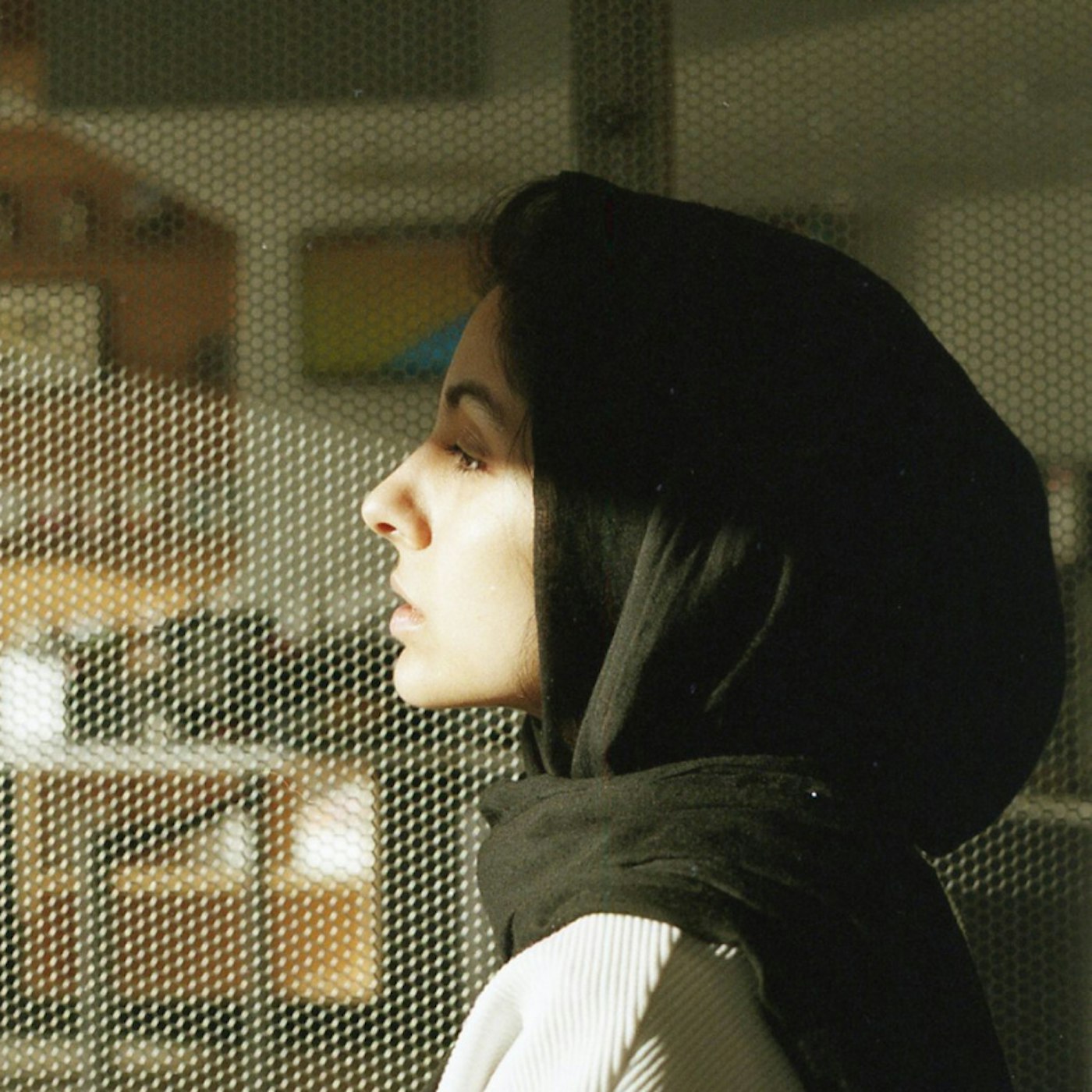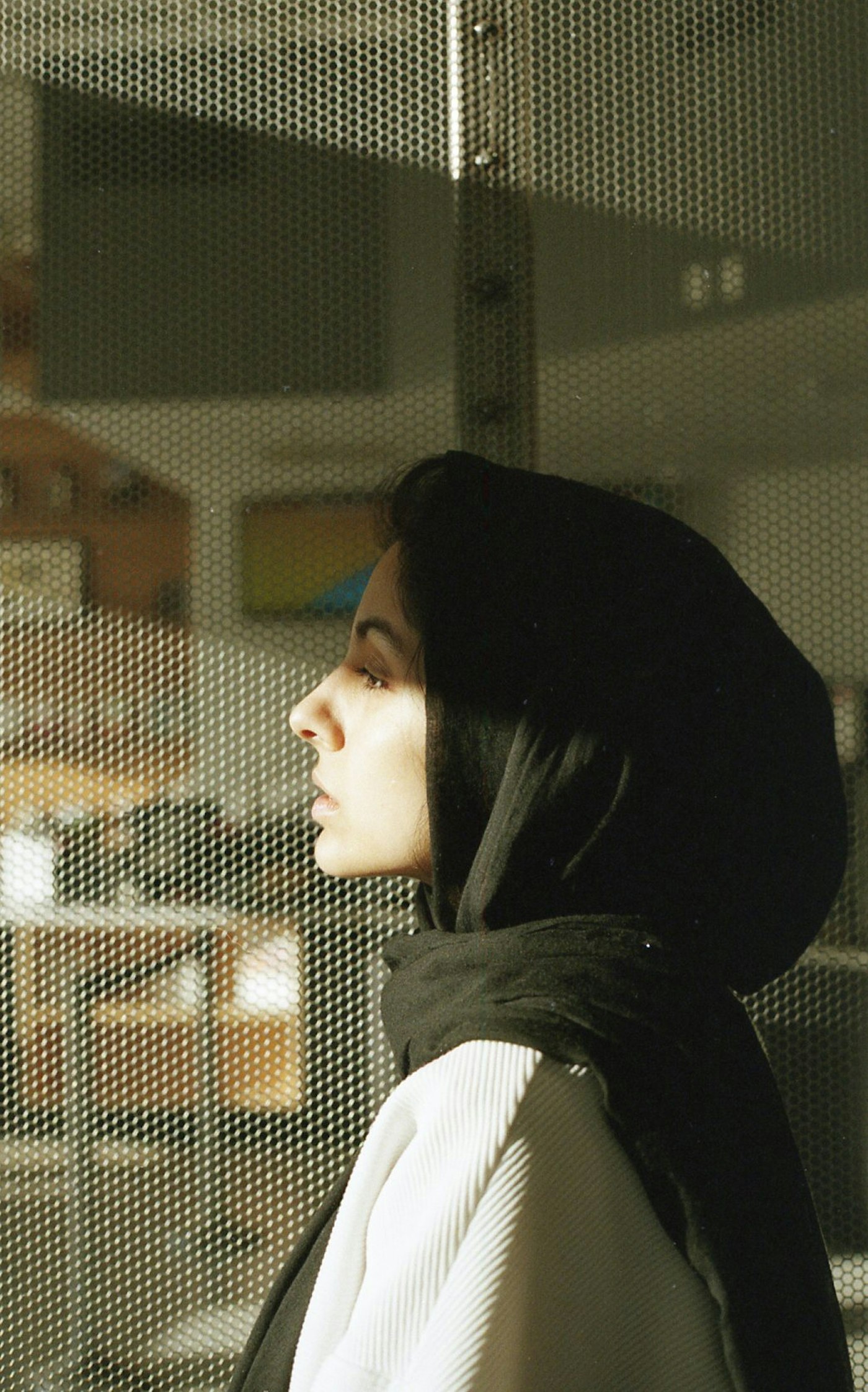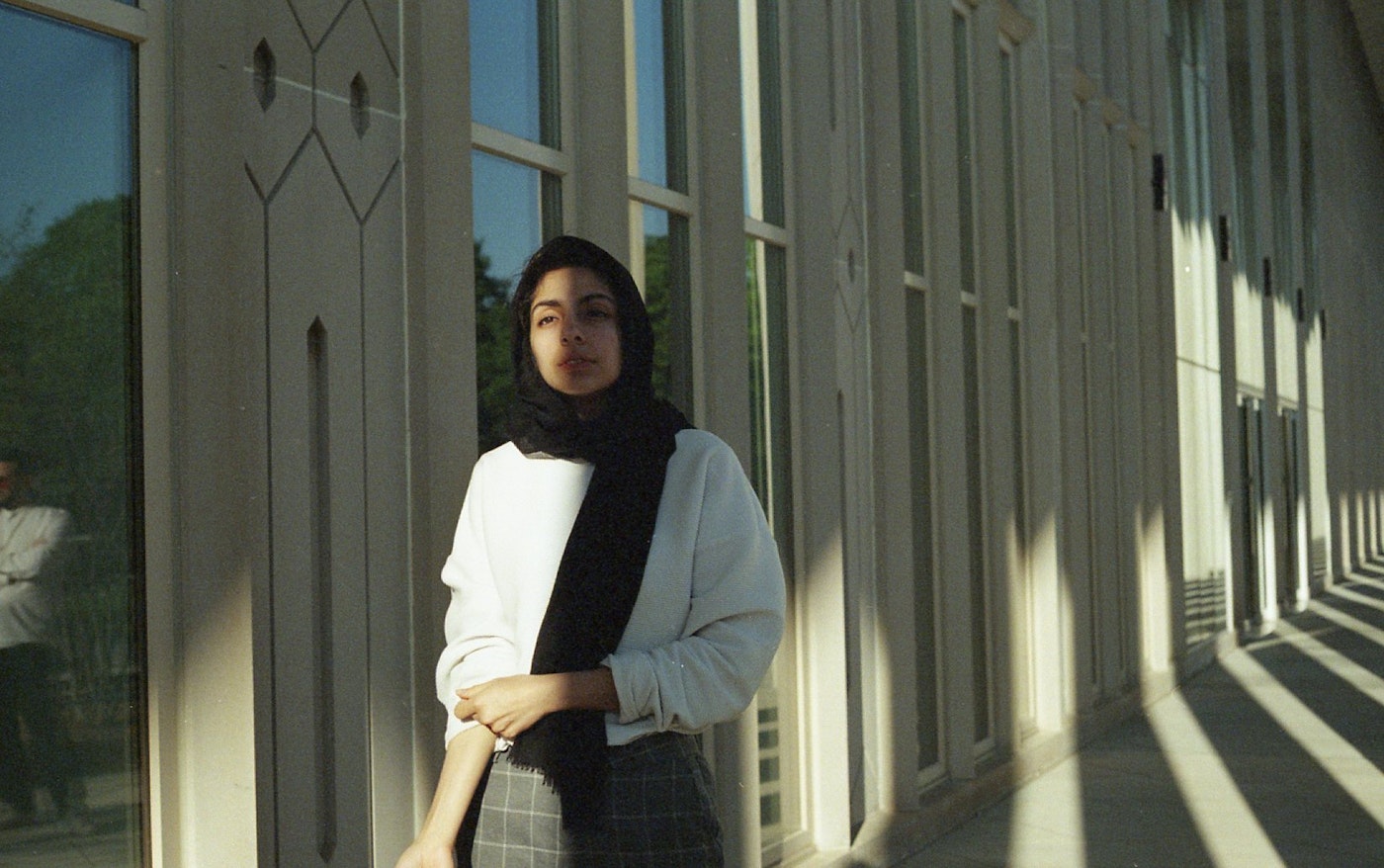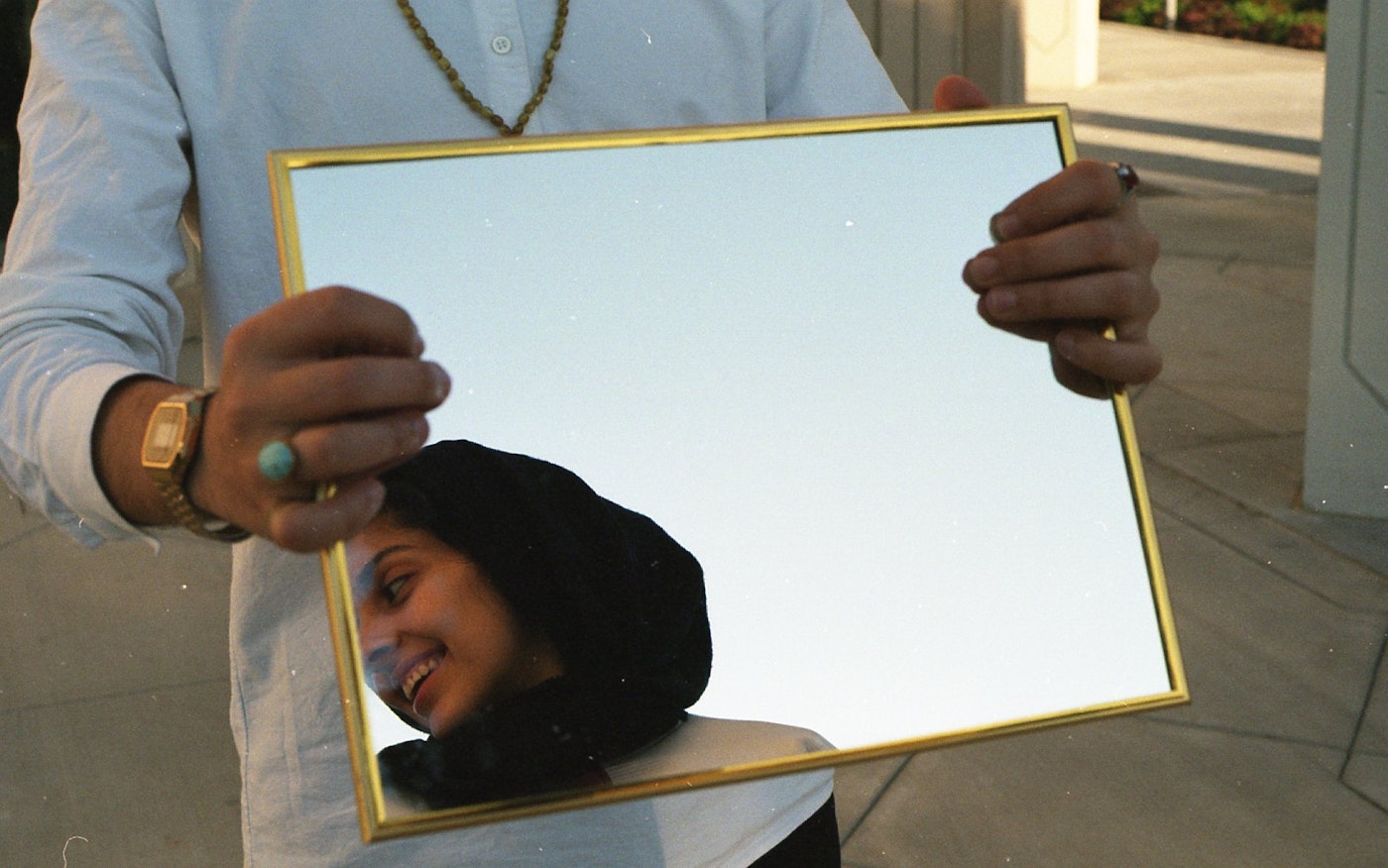Acknowledging Structural Anti-Shi’ism in Sunnī Dominant Spaces
by Hoda Katebi in Culture & Lifestyle on 18th May, 2020

Photographer: Maya Mansour
Truthfully, it was not until rather recently that I really was able to understand the extent and prevalence of anti-Shia bias in the many spaces, relationships, and academic work I occupied and engaged in. The microaggressions, exclusion, erasure, dismissive attitudes, or blatantly anti-Shia remarks were so normal, latent, casual, and consistent that I did not even realize the extent of the trauma and anxiety I was carrying as a result of it.
Growing up as the only visibly Muslim woman throughout my schooling in Oklahoma, USA my self-esteem was completely shattered and my identity and core values were constantly questioned by my peers–and soon, by myself as well.
From a constant state of being a minority ostracized and ridiculed within a majority white and conservative suburb, I had internalized a certain level of Islamophobia as a consequence. Islam was viewed to be at odds with a self-proclaimed “secular democracy” and everything I did was seen under a hyper-politicized lens. For example, I did not know it was not “normal” to be called a terrorist on a near-daily basis or get physically assaulted at school for wearing hijab. The few lines of “Islamic history” we learned in class were drenched in violence and only worked to reinforce narratives of ostracization and othering. It was only after I had moved to Chicago in 2012 for college that I was able to truly understand the extent of — and work to unlearn — the white supremacy and anti-Muslim bigotry I had internalized from being in spaces where it thrived unabashedly during the critical years of my identity formation.

Photographer: Maya Mansour
Similarly, the extent to which the predominantly-Sunni spaces I have spent significant time in were just as much perpetuating and enforcing a certain degree of prejudice about Shi’a Muslims that I was consequently internalizing and allowing to question the very fundamental aspects of who I am.
My renewed understanding of my Shia identity — and the constant discomfort and tension I felt leading up to this point as a result of the spaces I was occupying and learning about Islam in — was sparked only after the sudden end of a two year relationship with an Arab Sunni only months before our anticipated engagement.
While, admittedly, my parents were against our relationship in the beginning, arguing that Sunni-Shi’a relationships do not work when both parties are actively practicing their faith, I consistently pushed back, did the difficult work of having repeated conversations (and arguments) addressing their concerns and eventually won them over. While his parents seemed to be okay with everything in the beginning, I was eventually asked not to “bring up Saudi stuff,” not to “be super political” in conversation with them, and to even “pretend to be Sunni” to his extended family. Eventually, over the course of a phone call that lasted less than twenty minutes, he told me things can no longer move forward, citing again anti-Shia bias I had dispelled in prior conversations.
The end of the relationship in and of itself was less painful than the new realization and recognition of the slow-building trauma of blatant and latent anti-Shi’ism I had internalized and normalized over the years, in spaces and places beyond our relationship.
I was hurt and deeply confused as to how someone who claimed progressive values, open-mindedness about so many “taboo” topics within Islam, could so be so easily influenced by anti-Shi’a prejudice.
I began to realize that many of my friends were the same way. The conversations we had together about Sunni privilege and anti-Shi’a violence felt like explaining racism to a white man lacking self-awareness and unaccustomed to exclusion and violence in everyday spaces and institutions, or Islamophobes whose eyes and ears have been sealed shut to reality despite how many times they’re told the truth. It seemed unfathomable to many Sunni men that something that seemed so perfect and pure (i.e. Sunni Muslim spaces) could possibly be weaponized — intentionally or not — to make other Muslims (women, Shi’a Muslims, non-Arabs, queers, and other minorities) deeply uncomfortable and systematically disenfranchised.
This experience was important, as it helped me develop language and new structural understandings of anti-Shiism, much like my move from Oklahoma to Chicago did to help me better understand structural anti-Muslim bias. Alongside the ongoing, intense, and structural nature of anti-Shi’ism across Africa, the Middle East (and in particular in the Gulf), and Asia, much of the power dynamics, funding, propaganda, and rhetoric of anti-Shi’ism continues to dominate Muslim diasporic spaces in the West as well. Normalized anti-Shiism manifests (sometimes even unintentionally) into microaggressions in relationships, Muslim Student Associations (MSAs) and groups, mosques, and even (though less so) non-denominational ‘third spaces’ across the Muslim diaspora in systemic and consistent ways.
But regardless of the intentions or situations that create and perpetuate anti-Shi’ism, the result is ultimately always traumatic, harmful, and requires urgent redress. Below are just a few beliefs, attitudes, political dynamics, and behaviors I have been able to understand in which structural Sunni normativity and anti-Shi’ism exists and thrives in Sunni Muslim spaces.
1.Speaking/operating from a Sunni perspective as though it is the “default” mode of Islam in books, lectures, third spaces, etc.
Just as “whiteness” is the normal and default Google stock image, Sunnism typically remains the dominant and assumptive default of any space that has not been specifically defined otherwise. Muslim Student Associations, “third spaces,” and even academic literature about/by Muslims consistently center Sunni schools of thought and doctrine, exclusively Sunni hadiths, and Sunni interpretations of historical events as factual and without noting the Shi’a approaches to the same, let alone the breadth and depth of other perspectives that exist in the tapestry of our tradition.
While Sunnis are the majority in most Muslim spaces, it’s important to note that numbers don’t guarantee the accuracy of a perspective or otherwise.
Not to mention that such an exclusion also erases the diversity of religious opinion that exists within the various branches of Sunni Islam as well, effectively rendering Islam as a homogenous monolith — an end product that many Muslims oftentimes criticize liberal and right-wing “pundits” for falling into.
2. Shi’ism is examined solely through a Sunni lens, and granted validity (or not) through a Sunni interpretation of Islam
From my experiences navigating both Sunni and Shi’a spaces, I’ve noticed rituals and practices particular to each, that seem rooted in different understandings and frameworks of Islam.
Of course I am not a theologian, but it seems apparent that Sunni tradition is rooted more in Sunna (as obvious as this may sound), though in contrast, the Shi’i tradition carries an additional layer of emotive, oral practices that have been transmitted to us by the Ahlul Bayt.
In particular, the duas recited in Shi’a masjids tend to originate from members of the Ahlul Bayt that have been passed down through oral tradition. Du’a Jawshan Kabir for example, a long, devastatingly beautiful, and emotionally-captivating duaa containing 1000 names and attributes of Allah and recited regularly during Ramadan in Shia spaces, was written by Zayn al-Abidin (the 4th Imam in Twelver Shia tradition) and passed down through the Prophet’s family.
Additionally, the death of Imam Hussain at Karbala (whose sacrifice is remembered and commemorated during Muharram, a time when anti-Shi’a violence spikes globally) is a grave injustice within the heart of Islam’s history, and it is through this act of mourning that Shi’a Muslims remember and honor the ultimate sacrifice in the name of justice.
These two examples of emotive and oral practices establish a relationship to Islam and Islamic history that elicits and encourages mourning, and is centered in most Shi’a spaces. Therefore, it is very normal (and in fact encouraged) to cry in Shi’a masjids, and it can also serve as a decolonial practice that allows for communal healing and reaffirmation to the pursuit of social justice.
Yet, Shi’as are constantly ridiculed and questioned for these practices that, from a strictly textual (non-Sufi) Sunni perspective, are seen to be superfluous and “overly emotional” — a label not attributed to similar Sufi practices within Sunnism.
Despite lamentation and emotive practices prevalent in Sufi expressions of Sunnism, Sufi Muslims are generally understood to be a “valid” practice of Islam within most mainstream Sunni diaspora spaces (1) — an acceptability typically not afforded to Shi’as.

Photographer: Maya Mansour
3. Shi’a spaces are always perceived as political and politicized, whereas Sunni spaces have the privilege and presumption of apolitical innocence
Within most Shi’a traditions, the Prophet (SAW) and his family are revered, celebrated, mourned, and centered in khutbas, programming, curricula, etc. This is largely because, among other reasons, each member of the Ahlul Bayt carry legacies and stories that reflect and model the ideals of Islam on a fundamental level. The unapologetic commitment to social justice, community, radical love, selflessness, pursuits of knowledge, and other virtues encouraged in the Qur’an and embodied in the stories of the Prophet (SAW) and Ahlul Bayt are incomparable. This creates a framing within Shi’a spaces that I have always deeply loved and appreciated because they keep me grounded.
Their stories are also particularly important for Shi’a Muslims given the messages of justice they carry and the parallels that are able to be drawn to the current widespread anti-Muslim, anti-Black, (and anti-Shi’a!) persecution globally.
However, in anti-Shi’a discourse, such a framework is criticized as “too political,” calling the emphasis on figures like Imam ‘Ali, Imam Hassan, and Imam Hussein as “excessive” and even sometimes inaccurately assuming Shi’a Muslims place the Ahlul Bayt on the same (or even higher) platform as the Prophet (SAW). Yet, the near-consistent exclusion of the stories of Imam Hassan, Imam Hussein, and the Ahlul Bayt from most Sunni spaces is just as political as Shia spaces’ focus on them, if not more: despite the fact that Sunni traditions do recognize the contributions of the Ahlul Bayt in theory, most Sunni spaces today consistently (and, I would argue, deliberately and strategically) exclude their stories from regular programming. Shiism is genuinely centered on the stories, practices, legal rulings, authority, and interpretations of text that arose from the Ahlul Bayt as a cornerstone of Shia practice, and therefore focus on the figures’ stories and lives — and especially so in the face of such consistent erasure (and historic censorship) of their stories from mainstream Sunni spaces. In fact, the names of the 12 Imams are even inscribed in the Grand Mosque in Mecca and older mosques across the Muslim world, and yet their presence in contemporary Sunni conversations, khutbas, dialogues, lectures, and curriculum is minimal if at all present.

Photographer: Maya Mansour
4. Structural privilege in Sunni spaces creates an unbalanced power dynamic that leads to unequal investment in, and mutual understanding of, Shia Islam and other minority sects
As we know, there are significantly fewer Shi’a spaces than Sunni spaces overall, so, chances are when a Shi’a Muslim–or other Muslim minority–needs to find a place to pray, break fast, or build community with, we often do so in Sunni spaces. In Chicago, the few “local” Shi’a masjids are all well over an hour of driving away from the city, whereas the nearest Sunni masjid (that allows women to pray–that is a whole separate conversation for another day) is usually always less than 15-20 minutes away from wherever you find yourself in the city. Alhamdulilah I’m definitely grateful for this blessing, but this also speaks to a deeper structural reality to consider: as there are not as many Shi’a (and other minority) spaces for us to pray and practice in, we inevitably end up needing to attend Sunni spaces, and therefore must find validity in the ways in which Islam is practised in these spaces. In order to pray in Sunni spaces and engage in Sunni practices and feel valid in doing so, we must consequently also do the work of finding validity and legitimacy in Sunni Islam as a whole–whereas Sunni Muslims are not placed in similar positions vis-à-vis Shia and other Muslim minority traditions.
Shi’a Muslims oftentimes pray behind Sunni congregational leaders and alongside Sunni communities, listen to Sunni khutbas during Jummah, and sometimes even break fast earlier to conform to Sunni interpretation of “sunset” for the sake of “Islamic unity” and community. Yet, unity and community cannot be created in one direction; forced assimilation of the minority into the majority. True community building is a collaborative space that creates space for, and values, different practices and interpretations of faith that all shares root and center.
And yet, Sunni Muslims typically rarely, if ever, have to engage in the same sort of “inter-sectarian” work on a community or personal/individual level as Shi’a Muslims typically do on a consistent basis. Rather, Shi’a Muslims and other Muslim minorities are constantly estranged, excluded, and not given a comfortable space to exist and practice within Islamic “non-denominational” yet Sunni-majority spaces.
5. Saying “we’re all just Muslim” and erasing Shia existence is seen as progressive and unifying and Shias identifying themselves as Shi’a is read as provocative and divisive.
Playing the “colourblind” game has never aided progress–let alone the conversations required to get us there. Nearly every time I passively mention or allude to the fact that I am Shi’a on social media or in conversation, I am usually quickly met with a barrage of messages or hostile questions about why I feel the need to “make such a big deal” about being Shi’a, intrusive questions about my beliefs, or messages proudly proclaiming that they are so “post-sectarian” that “I didn’t even realize I was Sunni until last year.
That my dear friend @WallahBro69 (2), is literally the definition of privilege.
A lack of understanding of differences between Sunnis, Shias, and other minorities does not make anyone any “better” a Muslim or more “sectarian blind,” but rather simply reaffirms the structural privileges of not needing to understand why your faith is constantly questioned and critiqued in everyday, mainstream self-proclaimed “non-denominational” Muslim spaces.

Photographer: Maya Mansour
Just as there are various interpretations, practices, and schools of jurisprudence and thought within Sunni tradition, there are several varieties of Shias (including but not limited to Twelvers, Ismailis, Zaydis, etc) and other Muslim minorities (Ahmadis, etc). Just as Sunnis fall on all levels of the religious and theological spectrum, so do Shi’as and others. And just as homogenizing all Muslims under one banner is what Muslims frequently critique Islamophobes for doing, asking minority Muslims to conform to uncompromising spaces and reductive labelling is not only unfair but violent.
Saying “we’re all Muslim” to avoid having difficult but desperately-needed conversations about intra-Muslim dissonance only rips the community further apart and erases all of the beauty of the variety of ways that Muslims have forged a relationship to Allah and Islam.
If your extended (or immediate!) family would be opposed to you marrying someone who is Shi’a (or Black, working-class, etc) that is only all the more reason to use the opportunity to challenge these toxic and harmful perspectives. We need to be having conversations around racism, class, queerness, gender, and other forms of systemic violence–such as anti-Shiism–and hold our family accountable, not excuse them for their harmful beliefs and hide the Shi’as in your life away. These could be the same uncles that defend or justify when Shias are murdered, the same aunts who perpetuate anti-Blackness, and the same grandparents that enforce class or caste divisions. This is more important than labels; this is about combatting systemic oppression regardless of who it is against–and as a Shi’a, I would argue this is a duty in Islam for all Muslims.

Photographer: Maya Mansour
A divided greater Muslim community is a vulnerable one: as if class, race, ethnicity, borders, language, sexuality, cultural baggage, “Muslimness”, gender, and other divisions of identity within the Muslim community were not enough to keep us divided and conquered, sectarian divisions are oftentimes one of the major ways imperialists work to keep us fighting each other rather than our collective oppressors.
It is so vitally important to build together across a global ummah; to build collective power, resistance, and unity against greater systems of injustice in the face of a growing Islamophobic ‘War on Terror’, the rise of white supremacy and fascism globally, devastating capitalism and economic and racial injustice, and climate change.
وَاعْتَصِمُوا بِحَبْلِ اللَّهِ جَمِيعاً وَلا تَفَرَّقُوا
References
(1) Ofcourse, anti-Sufi violence also, unfortunately, exists widely in various Muslim-majority countries
(2) Totally made up but honestly not too far from reality
Hoda Katebi
Hoda Katebi is the Chicago-based angry writer/daughter of Iranian immigrants. Her creative political fashion work has been hailed from the BBC to the New York Times to the pages of VOGUE and featured/cited in books, journals, and museums around the world. Hoda is the host of #BecauseWeveRead, a radical book club and discussion series with chapters globally; founder of Blue Tin Production, an all-women immigrant & refugee-run apparel manufacturing workers co-operative; and organizer with Believers Bail Out, a national effort using zakat to bail Muslims out from pretrial & immigration incarceration. Hoda is an abolitionist and community organizer, previously part of campaigns to end surveillance programs and police militarization. She frequently speaks at universities and community spaces globally and runs on saffron ice cream & colonizer tears. IG: @hodakatebi